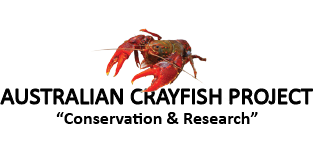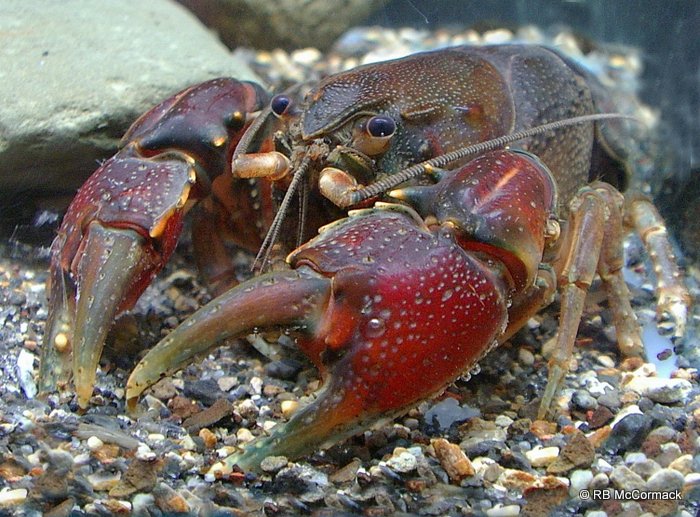
The Terrestrial Crayfish Euastacus maccai (McCormack & Coughran 2008) is an intermediate group crayfish (McCormack 2012) from northern New South Wales that prefers terrestrial habitats with subsurface water. They burrows in ephemeral habitats with green terrestrial vegetation growing on the grounds surface above and around the burrows.
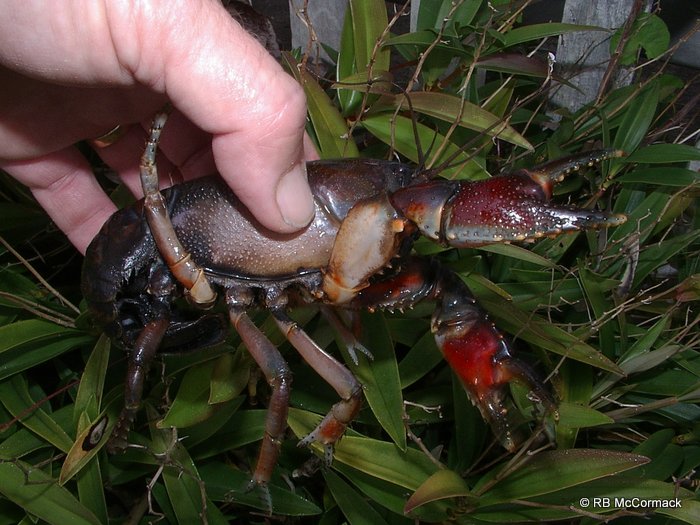
This is a high altitude species, preferring over 1000 m on the tops and sides of the mountain peaks in wet depressions, soaks and springs towards the top of the catchment. A nocturnal species that rarely leaves the burrow system, then only occasionally at night and only during wet conditions. This species is unusual to all other NSW Euastacus species in that it prefers terrestrial environments just like an Engaeus species. I expect it uses creek systems in flood conditions to migrate and travel but to date we have never captured one from a flowing creek system despite them being close by.
Horwitz and Richardson (1986) classified Australian crayfish burrows based on their relationship to the water-table, into three categories (Type 1-3). Euastacus maccai is generally found away from main flowing water bodies in type 2 burrows that are connected to the water table but not the creek system. Burrows are intricate and extensive, starting under vegetation or structures without any connecting to any nearby water body. All burrows are constructed in wet areas that may have occasional surface water but always subsurface water, with the major part of the burrow system well above the water table and much of the burrow system never contains water.
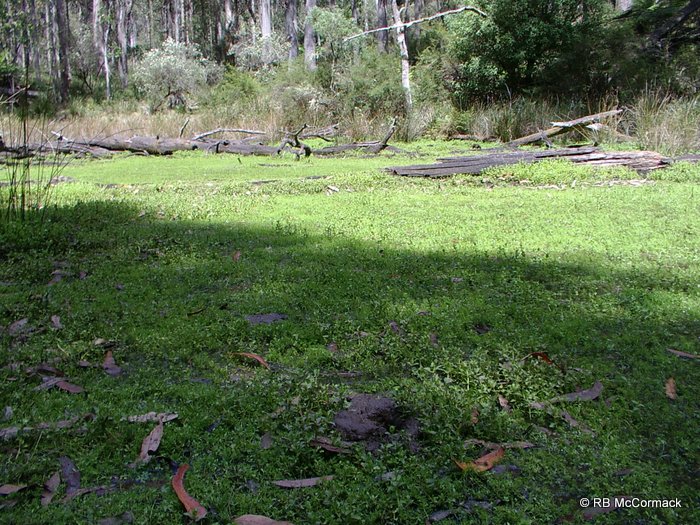
The grounds surface above the burrow system is characterised by green grasses and or terrestrial plants. Large funnel mounds or soil piles in the grass indicate the crayfish burrows presence. Generally found in ephemeral soaks, cattle paddocks, flood plains and spring-fed swampy areas.
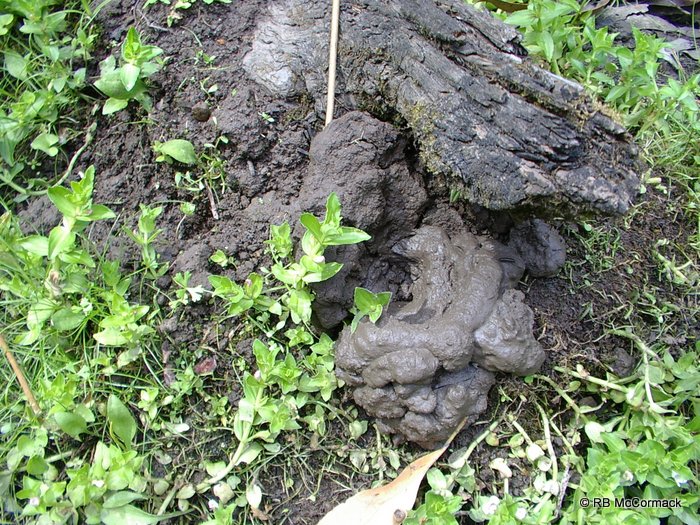
Many of the ephemerally wet areas that support large populations of E. maccai remain dry for 12-24 months yet surprisingly the species still thrives in these areas. The species seems very adaptable with many of the new colonies of the species are in man made drains and quarries, etc.
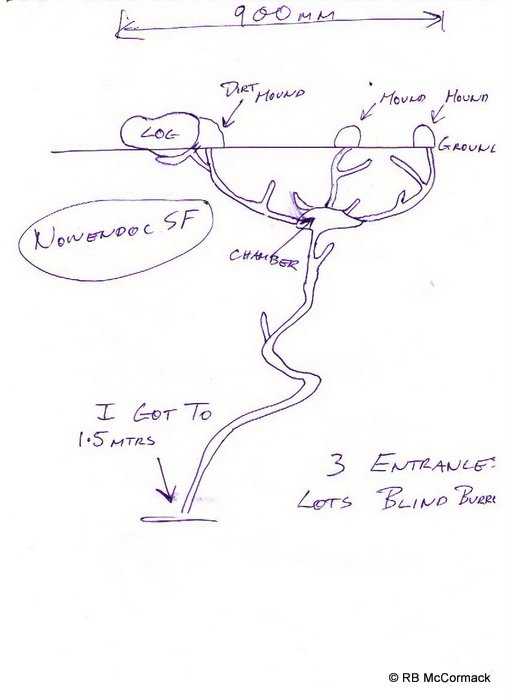
This is the sketch of the burrow from an E. maccai captured in Nowendoc State Forest. The critter was captured under the log! However, I continued to systematically excavate the burrow taking notes to see if more than one critter inhabits a burrow. To date only 1 per burrow but I’ve never made it to the bottom so who knows.
Generally two to three short gently sloping surface entrances lead to a central burrow that generally runs parallel to the surface. Burrows and blind chambers branch off this central burrow where the crayfish spends most of its time. Off this burrow will be a deep water-filled burrow that continues down over 1.5 m and possibly over 3 m. Crayfish use the water to keep moist, but spend most of their time in the dry burrows.
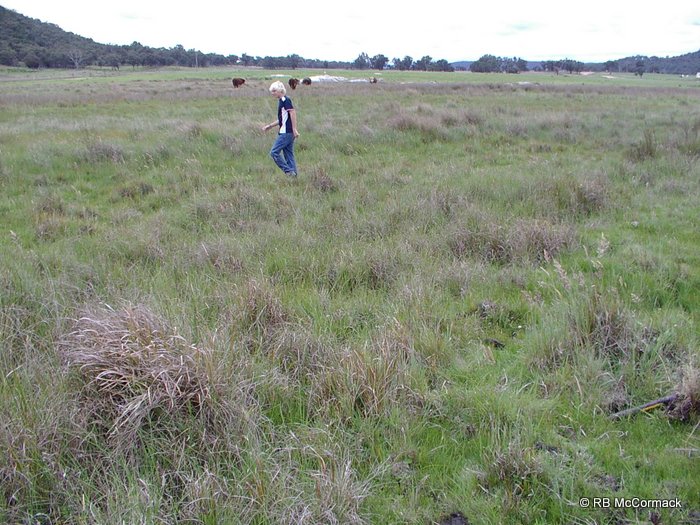
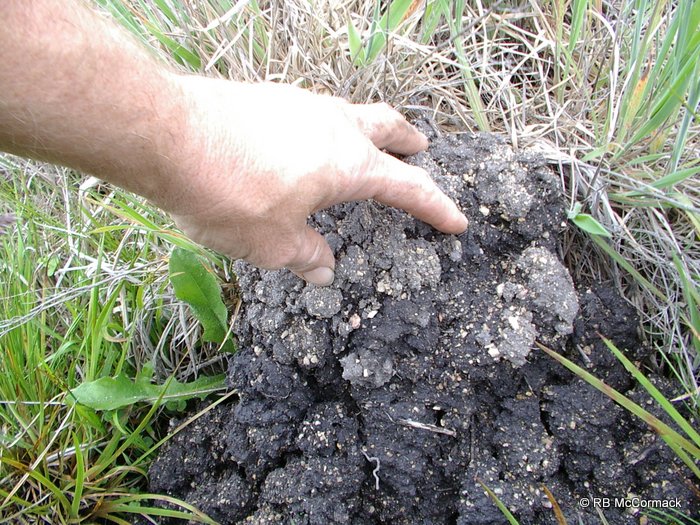
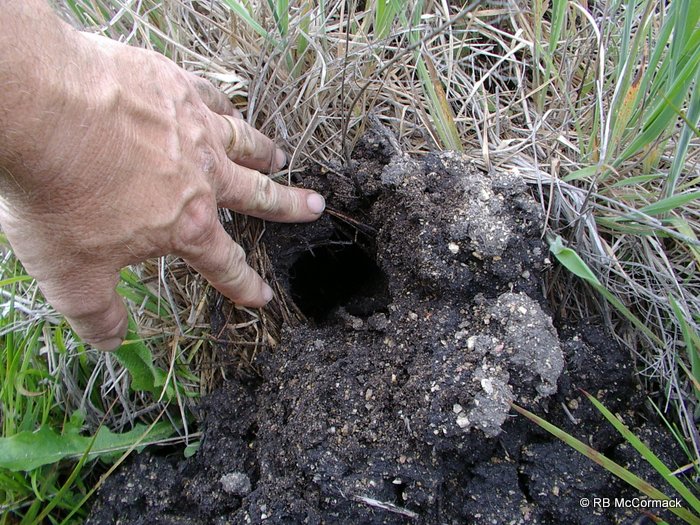
Euastacus maccai is a high altitude (800–1400 m) species found along both sides of the Great Divide. Distribution starts in the upper catchments of the Peel, Macdonald, Cobrabald, Apsley, Tia, Yarrowitch, Mummel, Walcrow, Cooplacurripa, Nowendoc, Barnard, Hastings and Forbes rivers. Most populations are isolated and spread over a wide area.
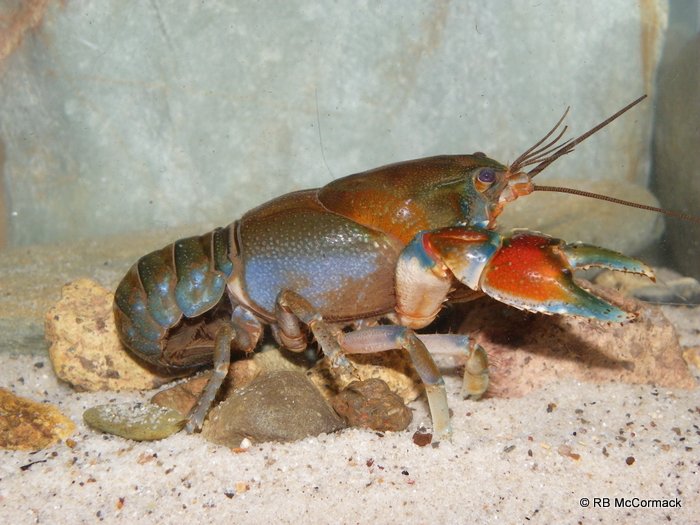
The species has only recently been discovered in the upper Hastings and Forbes rivers within the distribution areas of Euastacus spinichelatus and Euastacus clarkae (McCormack in prep). Also known to occur near Euastacus gamilaroi and Cherax destructor.
Females mature at 45–50 mm OCL, but no berried females have ever been observed despite intensive efforts. (McCormack 2012)
References
- Horwitz, P.H., and A.M.M. Richardson. 1986. An ecological classification of the burrows of Australian freshwater crayfish. Australian Journal of Marine and Freshwater Research 37: 237-242.
- McCormack, R.B., and J. Coughran. 2008. Euastacus maccai, a new freshwater crayfish from the Great Dividing Range, New South Wales. Fishes of Sahul, Vol 22, (4).
- McCormack, R.B. (in prep). Distribution of freshwater crayfish (Decapoda: Astacidea: Parastacidae), within the Hastings River catchment, New South Wales, Australia.
- McCormack, R.B. 2012. A guide to Australia’s Spiny freshwater crayfish. CSIRO Publishing, Collingwood, Victoria. ISBN 978 0 643 10386 3
